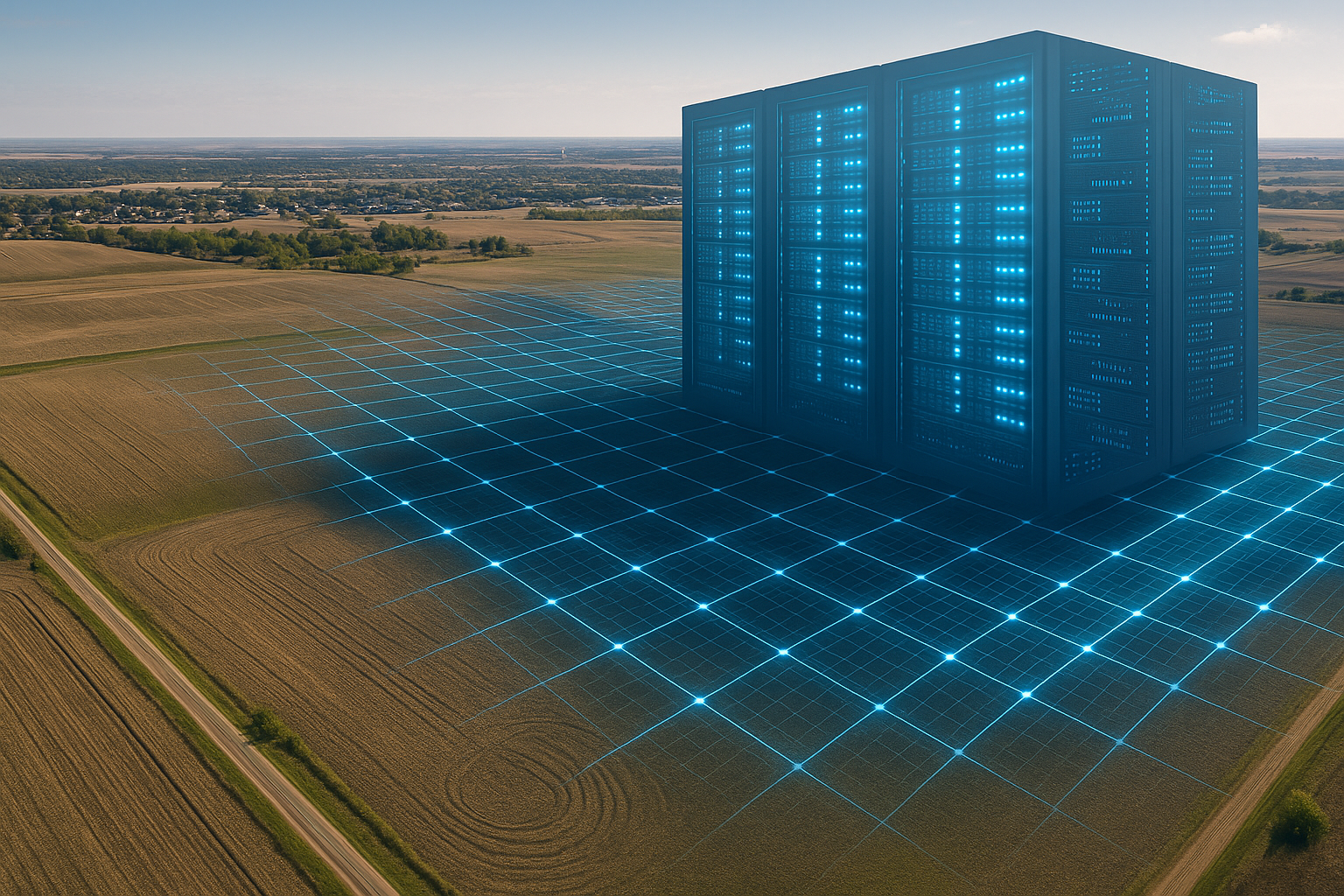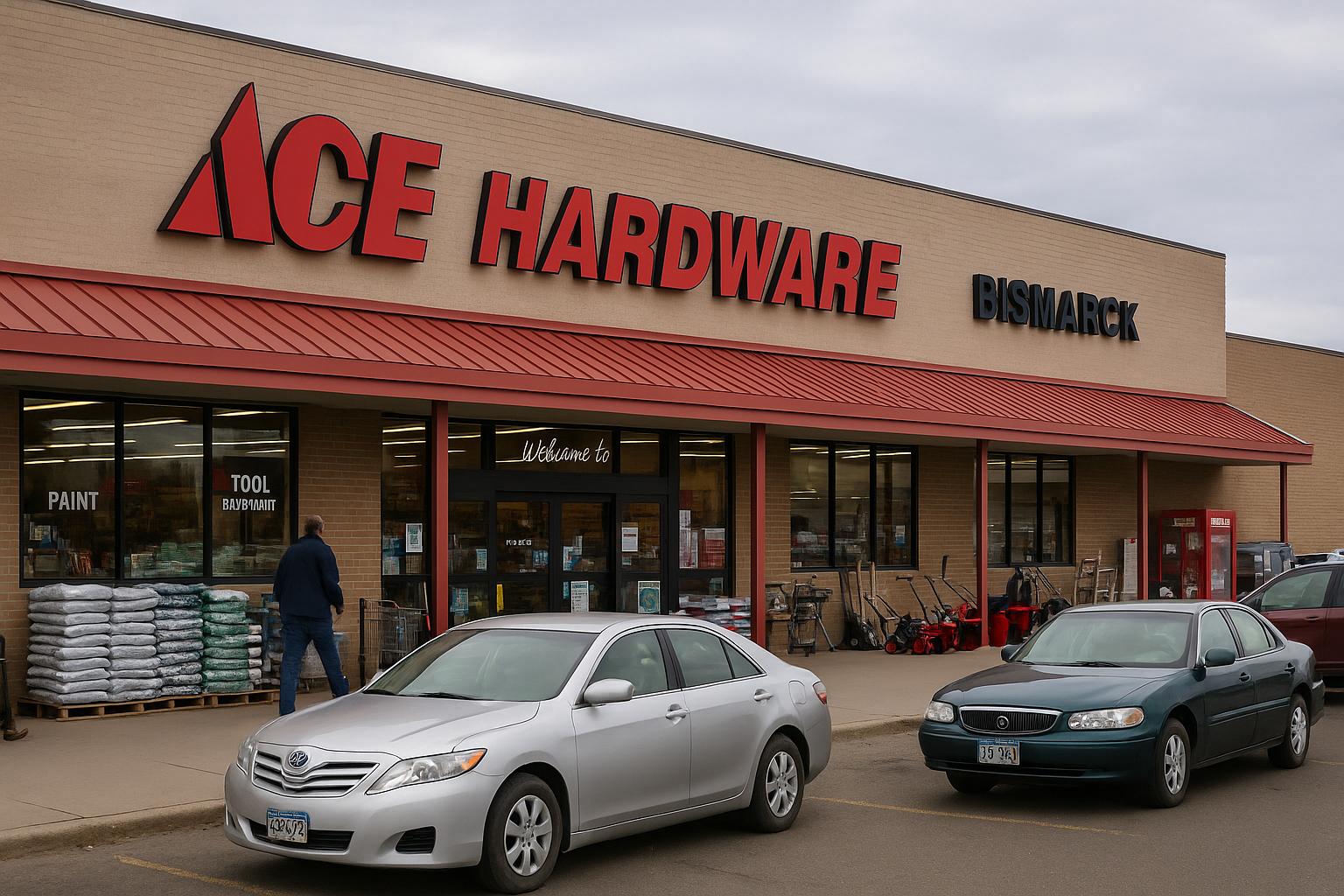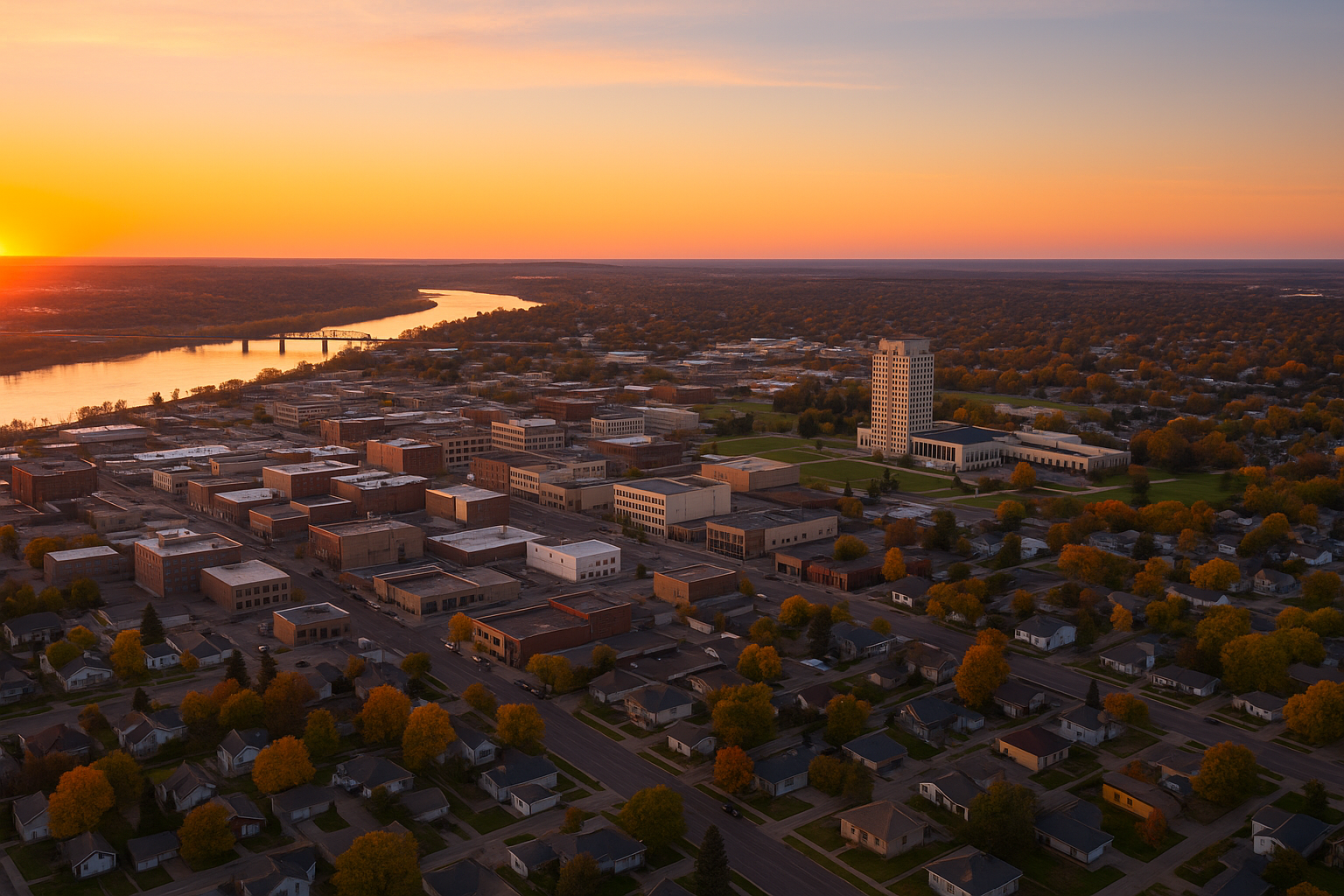A developer is in talks to acquire 300 acres east of Bismarck to build a next-gen data center campus, tapping into North Dakota’s robust tax incentives for tech infrastructure. The move could reshape Bismarck’s economy — but not without questions on power, water, and community impact.
Bismarck currently hosts one primary data center, DCN’s Coleman facility, with ~14,000 sq. ft. capacity and carrier-grade uptime. Statewide, data center development is accelerating: over half the counties have been approached by developers in the past year, with some even pausing approvals via moratoriums.
Thanks to North Dakota’s tax rules, data center operators have saved nearly $40.9 million in just one year in sales tax exemptions on equipment purchases. Two huge AI-scale campus proposals (500 MW–1 GW initial scale) have floated across the state. One such proposal has its eyes on Bismarck: Aurum Capital Ventures has been in front of the Burleigh County Commission, surveying land near Buckstop Junction and state parcels nearby.
North Dakota’s abundant energy, cool climate (ideal for server cooling), and favorable policies are drawing attention from AI and cloud-computing players. But infrastructure stress (electric grid, water, cooling) and community responses will determine who moves forward.
“Data centers’ power demands can strain the grid, yet the promise of large investors creates momentum we cannot ignore.”
— Aaron Birst, Executive Director, North Dakota Association of Counties
What Bismarck Needs to Watch
Infrastructure readiness: electric capacity, transmission, cooling, water supply, and redundancy
Zoning, permitting, moratorium risks: some counties already paused approvals amid concerns
Community impact & transparency: noise, heat, traffic, environmental effects
Tax and incentive alignment: ensuring local, county, and state incentives mesh
Local jobs & supply chain: potential to boost construction, tech, operations-related employment
Bismarck stands on the brink of a tech-infrastructure pivot. With state tax incentives fueling interest and developers eyeing east-side land, the city could become a regional AI & cloud hub. But success will hinge on smart infrastructure planning, transparent community engagement, and seamless coordination across local and state partners.



